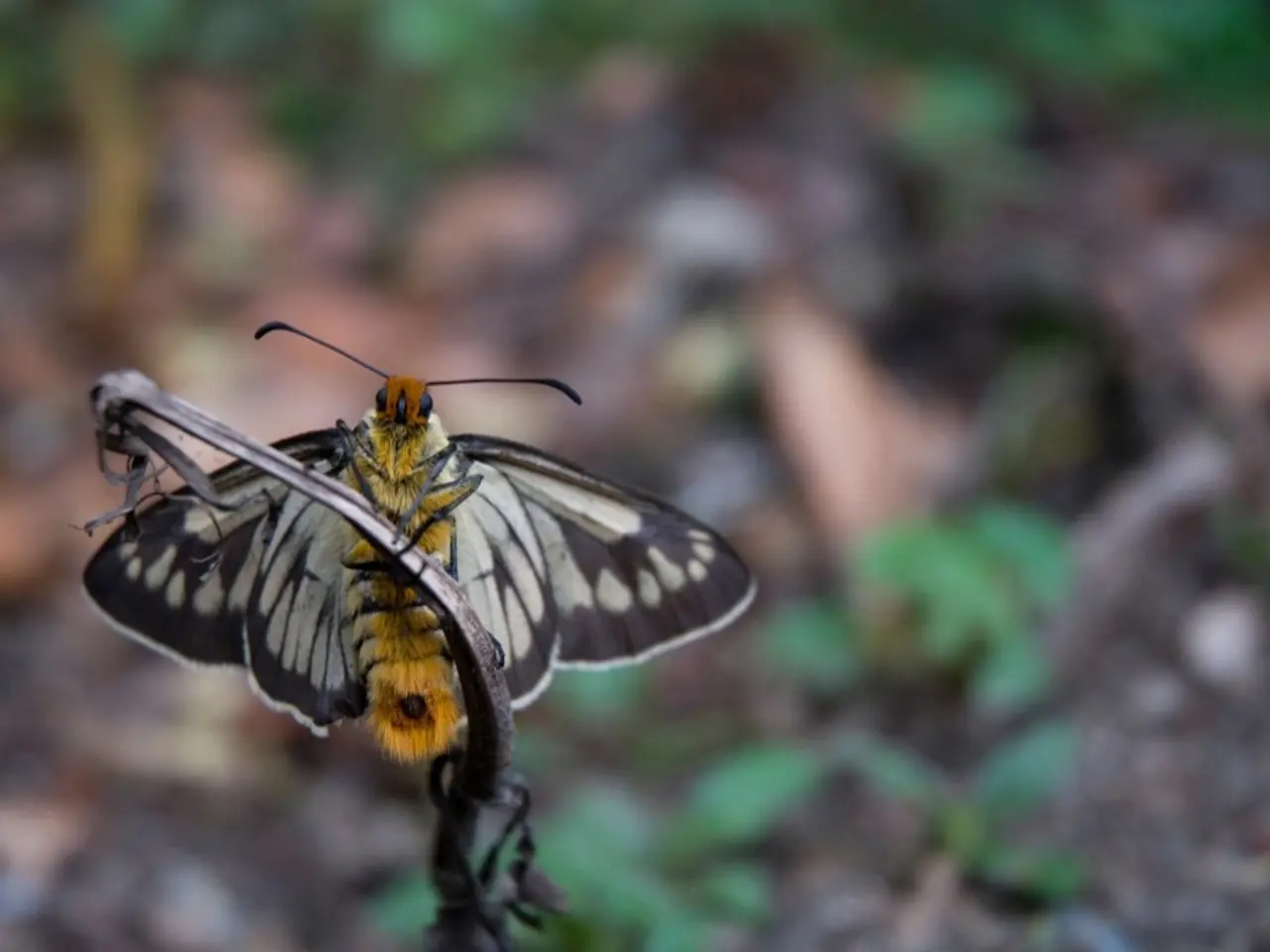Indoor and Outdoor Care for Flaming Katy: Fostering a Flaming Katy Plant Successfully Inside and Outside
The Flaming Katy, a captivating member of the Kalanchoe family, is a popular choice among plant enthusiasts for its clusters of brightly colored, star-shaped flowers. Specifically, Kalanchoe blossfeldiana is the species to which the Flaming Katy belongs.
Lighting
Provide your Flaming Katy with bright, indirect sunlight. While they can tolerate some direct sun, avoid leaf burn by ensuring they receive at least 6 hours of light daily, ideally near a south- or west-facing window or under grow lights indoors.
Watering
Allow the soil to dry completely between waterings, then water deeply so excess drains out. Reduce watering in winter to avoid root rot.
Temperature
Maintain daytime temperatures between 60–85°F (16–29°C), and cooler temps of 50–60°F (10–15°C) in fall to encourage bud development and blooming. Protect your Flaming Katy from frost; bring it indoors if freezing is possible.
Humidity
Average household humidity is sufficient for your Flaming Katy.
Soil
Use well-draining soil, such as a cactus or succulent mix enriched with sand, pumice, perlite, or coarse grit (50-70%) for good drainage and to prevent root rot.
Fertilizer
Feed your Flaming Katy monthly during the growing and blooming season with a balanced succulent fertilizer or fish emulsion to encourage healthy growth and flowers.
Pruning
Remove spent flowers and leggy or dead growth to promote bushier, healthier plants. Clean leaves gently to keep them attractive and pest-free.
Propagation
Easily propagate your Flaming Katy through stem cuttings, leaf cuttings, seeds, and offsets (pups). Allow leaf cuttings to callous before planting in well-draining soil.
Repotting
Repot your Flaming Katy in spring when it outgrows its container, using a slightly larger pot with fresh well-draining soil mix. Repotting refreshes nutrients and gives root space.
By following these care tips, you can maintain a healthy, blooming Flaming Katy with vibrant flowers and foliage. Avoid overwatering and cold drafts, as they are susceptible to root rot and frost damage.
Interestingly, there are approximately 125 species of kalanchoe, with the Flaming Katy being one of them. It is a succulent, a member of the stonecrop family Crassulaceae. However, like many kalanchoe plants, the Flaming Katy is susceptible to root rot.
Flaming Katy plants prefer moist, well-draining loam/sand soil. Breeders have expanded the color selection and introduced hybrids with 32 petals in Flaming Katy plants. They can be grown outside in USDA zones 10-12 and moved outdoors in summer in other zones, but should be moved back indoors before the first freeze. For a boost of fresh soil every couple of years, Flaming Katy plants may benefit from repotting, although they rarely need repotting due to their compact size. Flaming Katy plants are usually grown as houseplants.
The Flaming Katy, despite being primarily grown as a houseplant, can also be cultivated outdoors in USDA zones 10-12 and moved outdoors in summer in other zones. It's interesting to note that Flaming Katy plants are typically a part of the home-and-garden landscape, as they prefer a lifestyle among other plants, such as those in the home-and-garden and gardening sectors. To maintain a vibrant home-and-garden environment with Flaming Katy plants, ensure they have well-draining loam/sand soil and Bright, indirect sunlight, following the specific care instructions provided.




